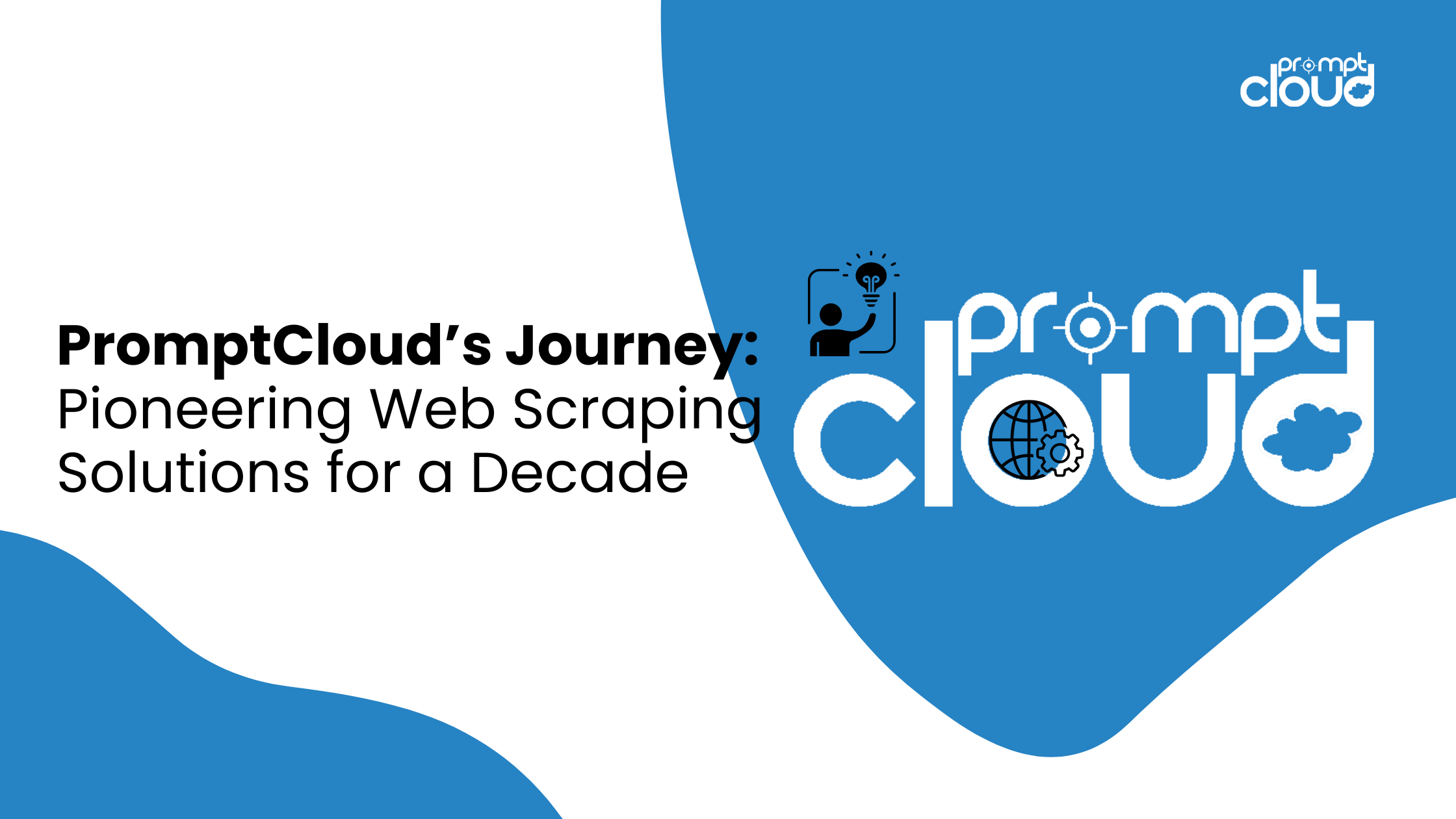Table of Contents
show
Dropbox did it and so did Airbnb; and quite successfully at that. Both have millions of users today because of what they did.
What did they do?
They hacked growth – a hybrid of traditional marketing and coding that enables rapid customer acquisition growth.

With Growth Hacking, a new generation of marketers is changing the rules of the game. Traditionalists may call it Lean marketing, yet it is more than just that. It is a funnel that with the help of strong technical skills, innovative marketing hacks and the ability to track results helps grow the subscriber (read: audience) base in a small time.
Growth Hacking for Start-Ups
While start-ups may not have the financial clout or access to traditional marketing activities, with growth hacking, they win by innovation.
Growth hackers are the new kids on the block of the marketing world with their special abilities to incorporate product management, direct marketing, brand marketing, and engineering.
Growth hacking is a growing philosophy of how marketing should be done at startups, and the key is automation. Data-driven experiments and online tactics make potential target audience (and existing users) willingly share address books; so does a slight modification in social network coupled with strong design. This siphons off early adopters, and upon analyzing which tactics elicited the best response, growth hackers automate these strategies, and voila!
For start-ups, growth hacking should focus on the types of growths favored: the slow solid growth or the express unsustainable growth. The challenge for a growth hacker is to find the right product-market fit and work towards achieving the desired manner of growth. While slow growth comes from SEO and social sharing, the rapid comes from campaigns, activities and other temporary tactics.





















